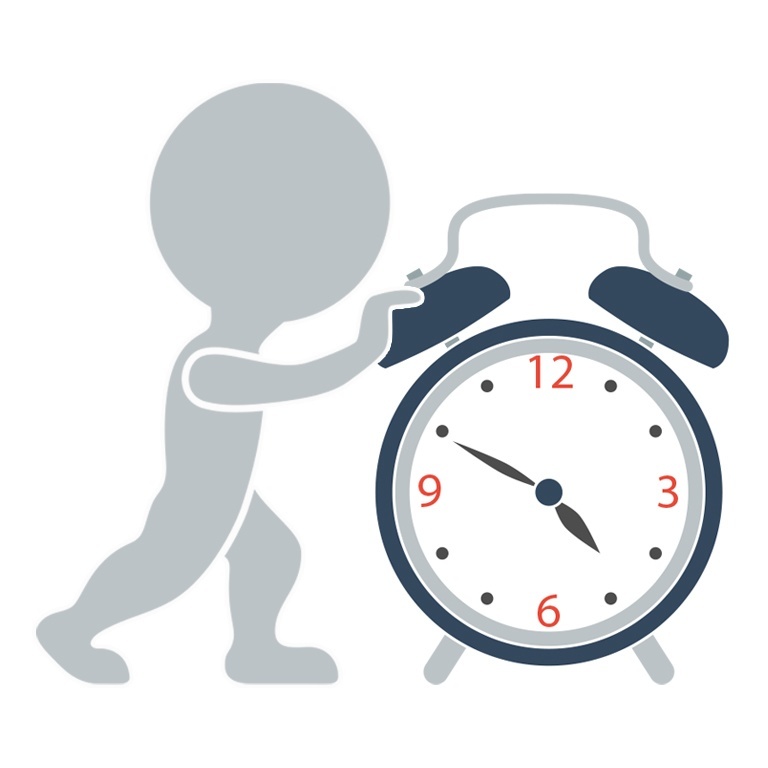Sometimes, the best music you experience at a concert isn’t even on the program; instead, it’s during the intermission…
One of the best aspects of a live concert is that it’s live. Meaning you don’t know what might happen and every once in awhile you get to experience the unexpected.
Case in point: my wife and I had the pleasure of attending a Chicago Symphony Orchestra concert on Saturday, April 15th. The program was a Chicago’s Choice series, meaning the works were selected by CSO ticket buyers. The works were all standard repertoire including Dvorak’s Symphony No. 9 (New World), which has the distinction of only requiring 14 notes from the tuba player.
As a tubist myself, I know those 14 notes well. They aren’t terribly exciting to play and (in my opinion) even less exciting to listen to. Nevertheless, the fact that the tuba part only contains 14 notes in the entire work was something the concert-goers seated immediately behind us was familiar with.
During the intermission my wife and I stepped out for quick stroll but returned to our seats after a few brief moments. As we were settling in, Gene Pokorny, CSO tubist extraordinaire, was coming out on stage. Our fellow concert-goers noticed Gene’s entrance onto a nearly empty stage and remarked that he must be coming out early to warm up on his 14 notes for the Dvorak on the second half.
Gene picked up his horn and started playing, very softly. After a few seconds the man behind us said,
“He’s got 14 notes and just went through all of them.”
At which point his companion said,
“I don’t think it’s that he plays the right 14 notes so much as he plays them in the right place.”
At that point, both individuals shared a quiet little laugh and began a conversation on another topic. Unfortunately, for individuals who were already aware that the tuba part to Dvorak 9 only had 14 notes, they were missing the best part of the entire concert.
As it turns out, the soft notes played by Gene were from Vincent Persichetti’s Serenade No. 12 for unaccompanied tuba; a hauntingly beautiful work filled with lyricism and was also one of the first serious solo works composed for the tuba. In particular, Gene was playing Movement 5 named, appropriately enough, Intermezzo. I don’t know if that was on purpose to coincide with the concert’s intermission, but if so, then Gene obviously has a remarkable sense of subtle style.
The work contains numerous difficult passages but Gene was moving through them with elegance and grace. What made the event even more of a treat is that in addition to sitting in an ideal position to listen to Gene, he was using his large horn (tubas come in a variety of configurations and sizes). Listening to the work on that particular horn gave the slower passages a much fuller, lavish sound than I’m used to hearing on this piece. Even with the noise and bustle of patrons milling around during intermission all I acknowledged in my world was Gene Pokorny on stage playing Persichetti’s Serenade for tuba.
At the same time, I was disappointed that Gene was only playing excerpts from some of the movements, but hearing it on stage at Symphony Center was still an undeniable treat. In the end, it was the best part of the entire concert and one of those things you just can’t plan for, which is why experiencing music in the setting of a live concert event is one of the best places to engage new listeners.



Julia Starzyk from the CSO Marketing Dept. sent me a copy of this article and I am happy to know this website exists. I intend to check it out and see what people have to say. I am quite surprised that the Persichetti was even recognized. [Of course, it took a tuba player to recognize it]. Anyway, I am glad to have provided some inadvertent entertainment with a short unaccompanied movement from a reasonably well-accepted piece of American repertoire for the tuba player. My greetings to Drew McManus. Say “hello” the next time you are behind me in the Terrace. I like to know who I am playing for!! Best wishes, Gene (Pokorny)